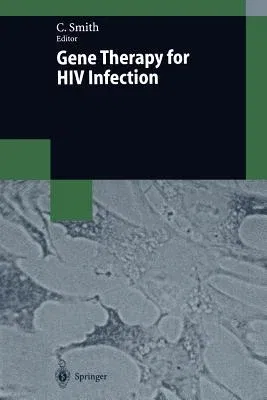Gene Therapy for HIV Infection (Softcover Reprint of the Original 1st 1998)Paperback - Softcover Reprint of the Original 1st 1998, 6 January 2013

Qty
1
Turbo
Ships in 2 - 3 days
In Stock
Free Delivery
Cash on Delivery
15 Days
Free Returns
Secure Checkout
Print Length
178 pages
Language
English
Publisher
Springer
Date Published
6 Jan 2013
ISBN-10
3662118238
ISBN-13
9783662118238
Description
Product Details
Book Edition:
Softcover Reprint of the Original 1st 1998
Book Format:
Paperback
Country of Origin:
NL
Date Published:
6 January 2013
Dimensions:
23.39 x
15.6 x
1.07 cm
ISBN-10:
3662118238
ISBN-13:
9783662118238
Language:
English
Location:
Berlin, Heidelberg
Pages:
178
Publisher:
Weight:
285.76 gm

